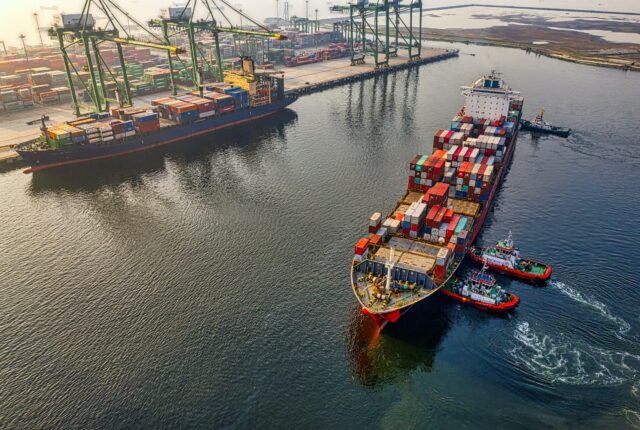
Malaysia’s Largest Port Aims to Double Its Capacity.
Malaysia’s largest port operator, Westports Holdings, is considering external investors to fund an $8.3 billion expansion, aiming to nearly double its capacity by 2082, reports Bloomberg.
The expansion plan includes eight new container terminals, with the first becoming operational in 2027. As Southeast Asia’s second-largest port, Westports plans to increase capacity from 14 million to 27 million TEUs.
Competitors to the port include Malaysia’s Tanjung Pelepas and the Port of Singapore, which is constructing the new mega Tuas Port. The new port is planned to be the world’s largest automated container terminal with a 65 million TEU capacity and is projected to be operational in the 2040s.
Meanwhile, with traffic volumes forecast to exceed the strait’s capacity by 2030, Thailand has proposed bypassing the shipping lane entirely.
It has put forward a plan to build a US$28 billion (S$37.7 billion), 100km “Landbridge” that will link two seaports and cut travel time by four days.
On that front, Mr Ruben said he is not worried by the idea at the moment because his customers are yet to seriously consider the project as an alternative.
The company’s shares have surged more than 20 per cent since their recent low in October, beating the roughly 5 per cent gain in the Kuala Lumpur benchmark.
Two-thirds of analysts who cover the firm have a “buy” recommendation.
Westports is looking at opportunities to buy other ports in South-east Asia, but will not overpay for an asset, according to Mr Ruben, who succeeded his late father Gnanalingam Gunanath Lingam as chairman in 2023.
“There have been ports we have bid for, but we have a limit of how high you can go,” he said.
“Our goal is to make decent returns on investment. Our goal is not to plant flags and lose money.”
Sustainability is another major focus. The global maritime industry is under growing scrutiny as its greenhouse gas emissions have increased 20 per cent in the past decade, and it now accounts for about 3 per cent of the world’s total.
Shipping firms are accelerating efforts to go green, overhauling fleets to meet an industry target for net-zero emissions by 2050.
Westports’ efforts to reduce its carbon footprint have seen mixed results, and the firm is now rethinking its use of electric vehicles (EVs) – a mainstay of many companies’ efforts to reduce their emissions.
“The crazy thing is, the EV trucks we tried produced more emissions than diesel under certain conditions, because our grid is so dirty due to coal,” Mr Ruben said.
“So we have decided to slow down on EV use.” BLOOMBERG
Sources:
https://shippingwatch.com/carriers/Container/article16841792.ece






